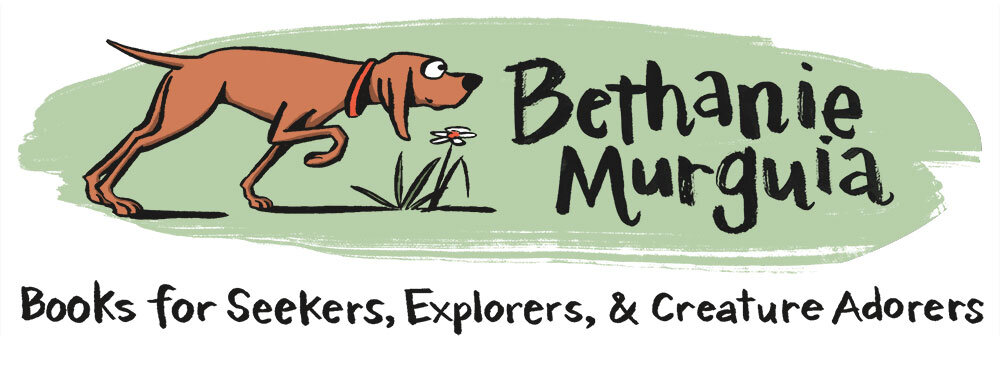I am lucky. My husband is an art director (although not of children's books). He usually comes home after a long day at work to my pictures spread out on the kitchen table and a barrage of questions. (An art director's work is never done.) My kiddos are privy to a lot of conversations along the lines of: "Maybe it needs more blue here. What if the frog's eyes were a bit more menacing? Oh, is that supposed to be a wing?"
I find it so helpful to have other eyes on my work and people who will be honest with their feedback. Finding your own art directors is key. They may be under your roof. They may be in your critique group. They may be online. They may come inside 4-year old bodies. Recently, my 4-year daughter took a look at one of my paintings and said, "You know Mama, it's good but I think it could use some sparkles."
While the sparkle comment just made me laugh, her reactions to my work are often genuinely helpful. If she can't tell me in one sentence what's happening in an image, I know that the image is not succeeding. In addition to my in-house art directors, I belong to two different critique groups. With that many eyes on my work, it doesn't take long to realize where I have holes in my writing or images.
I find it so helpful to have other eyes on my work and people who will be honest with their feedback. Finding your own art directors is key. They may be under your roof. They may be in your critique group. They may be online. They may come inside 4-year old bodies. Recently, my 4-year daughter took a look at one of my paintings and said, "You know Mama, it's good but I think it could use some sparkles."
While the sparkle comment just made me laugh, her reactions to my work are often genuinely helpful. If she can't tell me in one sentence what's happening in an image, I know that the image is not succeeding. In addition to my in-house art directors, I belong to two different critique groups. With that many eyes on my work, it doesn't take long to realize where I have holes in my writing or images.






